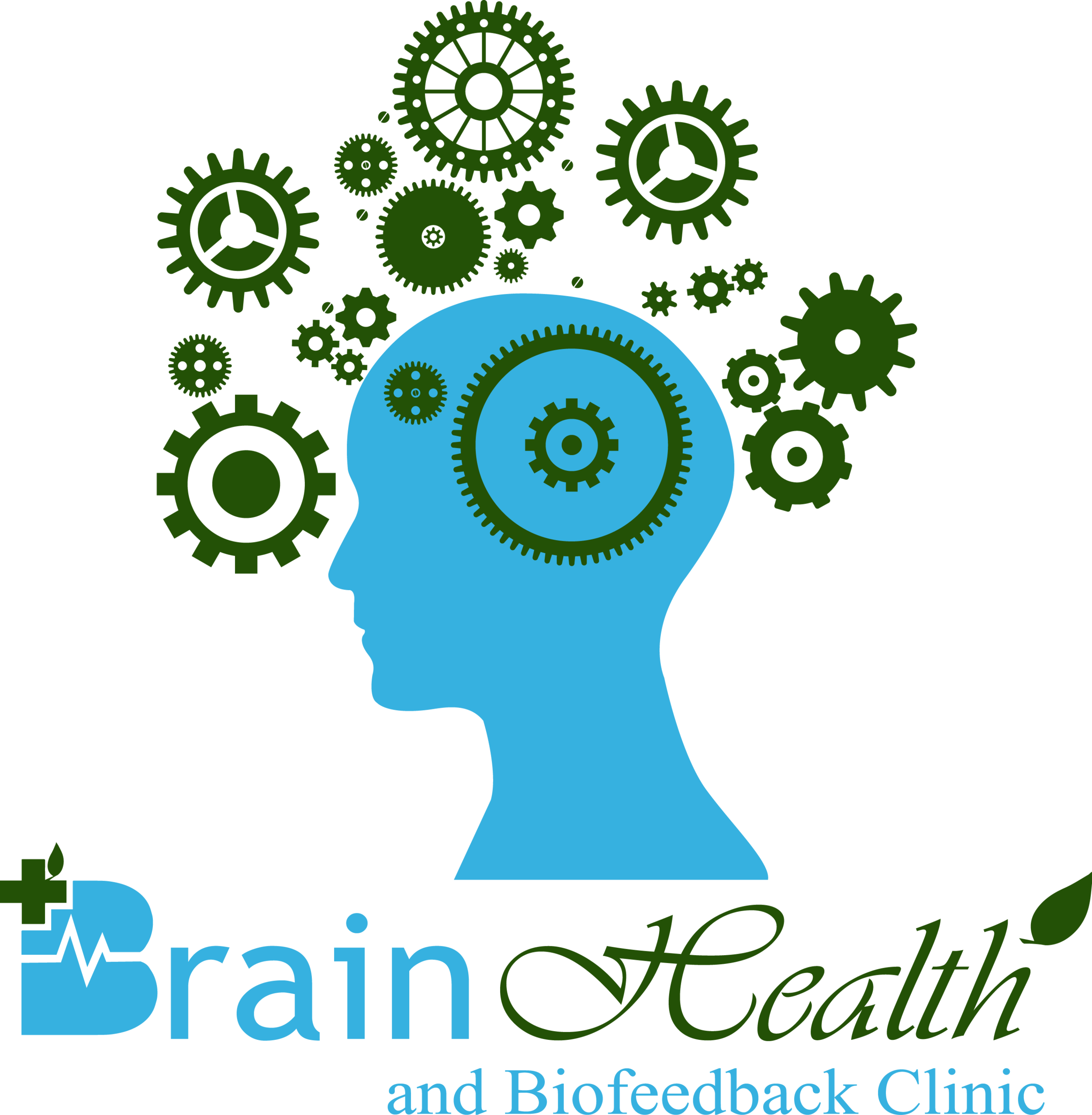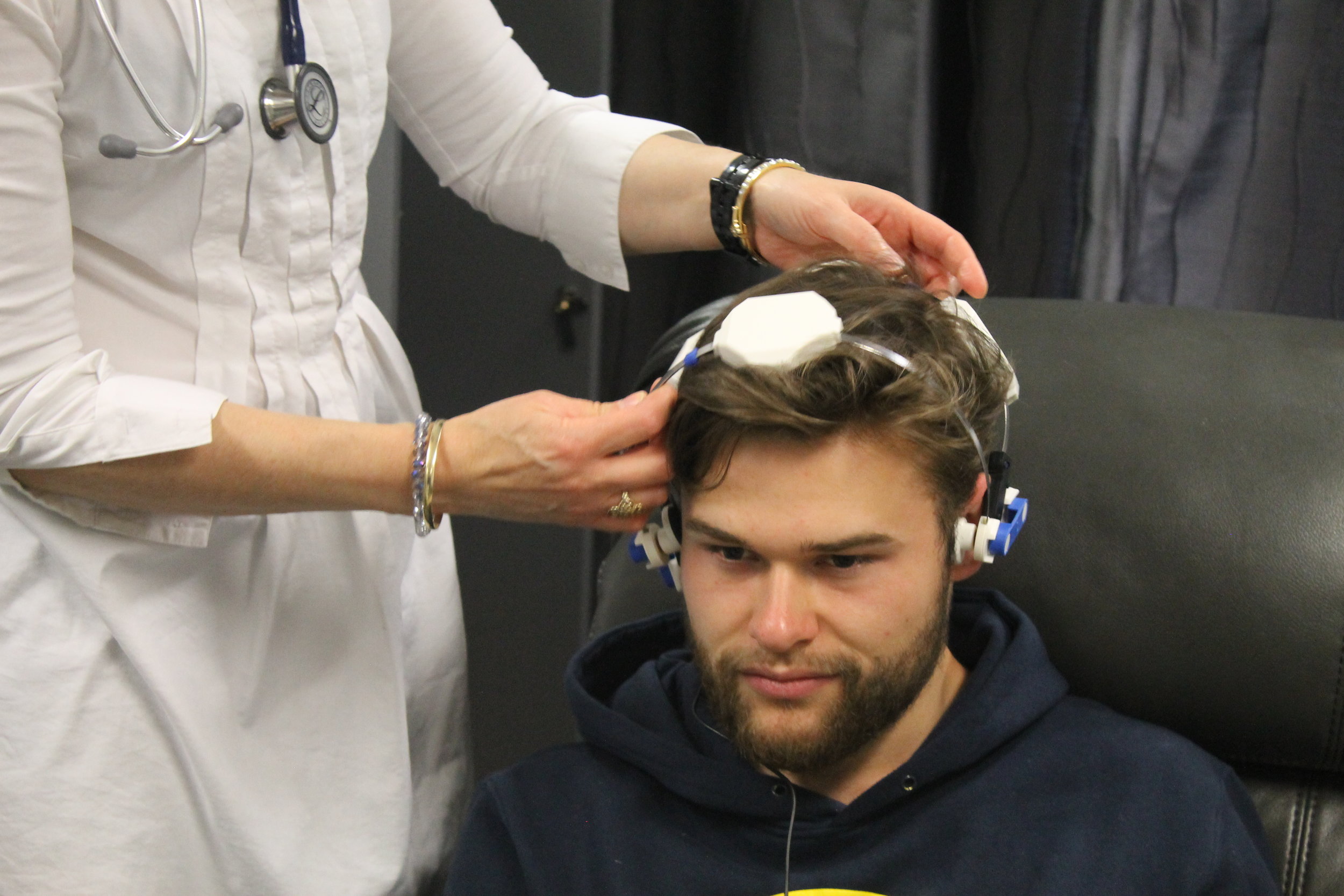Photobiomodulation (VieLight & Neuronic)
What is biophotomodulation?
Photobiomodulation, is an emerging medical technique in which exposure to low-level laser light or light emitting diodes stimulates cellular function leading to beneficial clinical effects. It is popularly used for the treatment of sports injuries, several different chronic pain syndromes and non-healing wounds such as venous and diabetic ulcers. Many new applications for this treatment are being used and investigated including smoking cessation, weight loss, addiction therapy and nerve regeneration for spinal cord injuries.
How does low level laser therapy work?
Every eukaryotic cell in an animal’s body has one or many thousand cellular power plants called the mitochondrion. Cells exposed to infrared light Low-Level Laser Therapy (LLLT) at the right frequency, causes the mitochondrion to spring into action almost immediately producing increased amounts of ADP. The ADP then links with free oxygen singlets to produce ATP. Again, infrared light increases the production of ATP in damaged or resting mitochondria.
Call us on 03 471 9398 or email us at office@bhbclinic.co.nz, and our helpful BHBC team will provide more information.

